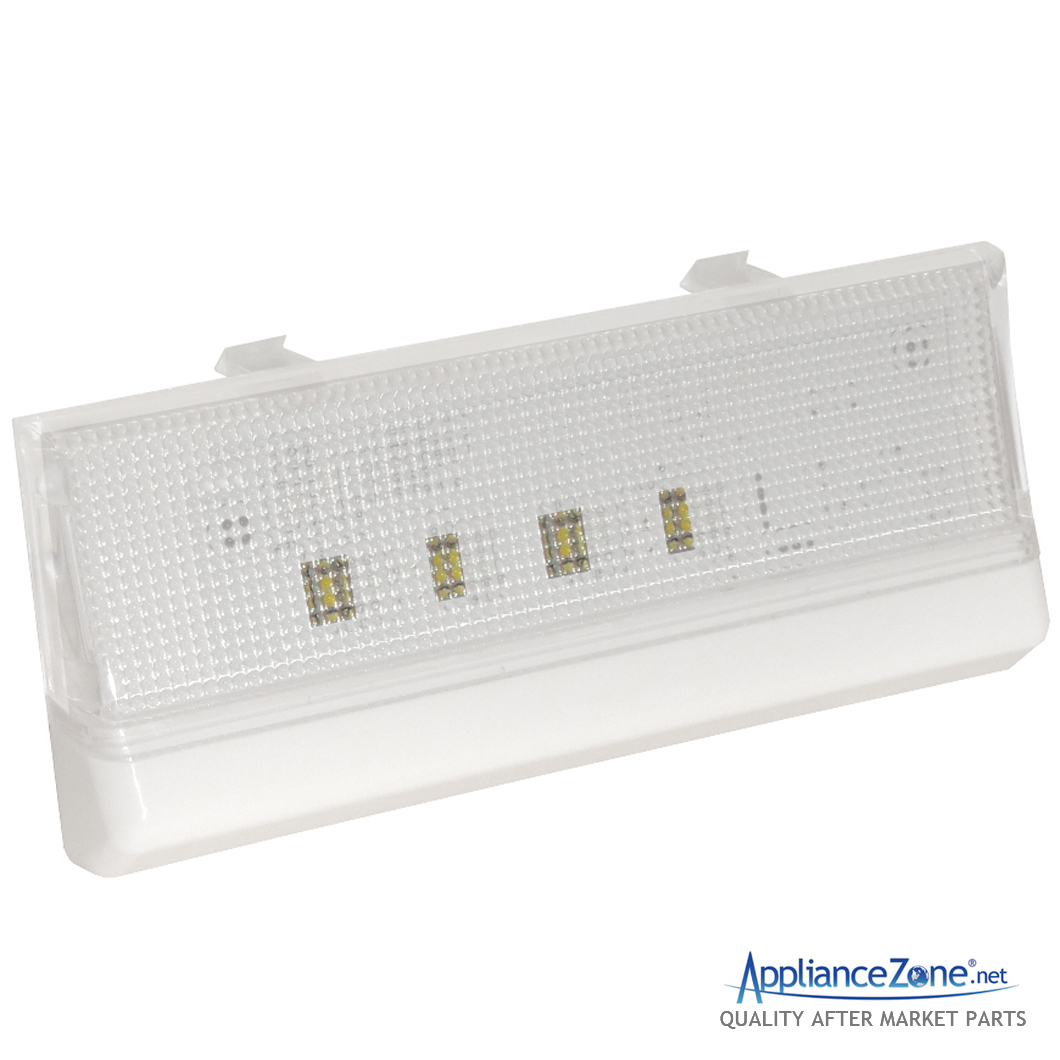Diagnosing Flickering Fridge LED Lights
15th Jul 2021
 The electric refrigerator has come a long way since being introduced in 1913. One of the newer trends in refrigerators is switching from a traditional incandescent light bulb to LED lights. These new LED modules offer the same or better brightness, are more energy efficient, and don't give off as much heat as their predecessors. However, depending on the type of LEDs used, replacing an LED light is not always as simple as swapping out the bulb.
The electric refrigerator has come a long way since being introduced in 1913. One of the newer trends in refrigerators is switching from a traditional incandescent light bulb to LED lights. These new LED modules offer the same or better brightness, are more energy efficient, and don't give off as much heat as their predecessors. However, depending on the type of LEDs used, replacing an LED light is not always as simple as swapping out the bulb.
Many people are reporting these lights going out, flickering, or strobing sometimes within months of purchasing their fridge. Where it can be confusing though, is when one of these lights go out, it affects the other lights in the circuit. So, now how do you know which LED, or how many LED lights need to be changed?
Below are the most common symptoms our customers have reported and how to determine which LED light or lights should be replaced.
Symptom 1: One LED light is out and others are dim / flickering / strobing.
- Start with replacing the LED that is out. If the other affected lights are in the same circuit as the LED module that is out, they will likely be fixed once the new LED is installed.
Symptom 2: All lights are strobing / flickering / out.
In these light circuits there is one main LED board / module that takes the power and converts / sends it to the other light modules in the circuit. Typically, this will be the light module located at the top of the fresh food section. The other lights in the circuit are referred to as slave or secondary lights.

This diagnostic technique uses the process of elimination, testing the secondary lights one by one to determine which light or lights need replaced. To perform this diagnostic you will need a small jumper wire, tape and a flat head screwdriver or putty knife to help with removing the light modules.
We suggest starting with the lights in the freezer section since the freezer LEDs are commonly the first to fail.
- Find the freezer door switch and tape it down.
- Locate and disconnect the freezer LED module, being careful to use the disconnect tabs on the plug and not yanking the module free . Yanking the plug out will elongate/damage the pin connectors on the module, making it defective.
- Use a jumper wire in place of the removed module to complete the circuit. If the other lights in the circuit start working normally, then the disconnected module should be replaced. If the problem persists, reconnect the module and move on to the next module in the circuit.
- When moving from the freezer section to the fresh food section, remove the tape from the freezer door switch. Then locate and tape down the fresh food door switch.
- Continue testing the secondary modules in the circuit to determine if any of them are defective. If you have tested each of the secondary LEDs and none of them appeared to be defective then the main LED module is the one that should be replaced.
| Replacement W10515058 LED Light | Replacement W10515057 LED Light | Replacement W11104452 LED Light |



